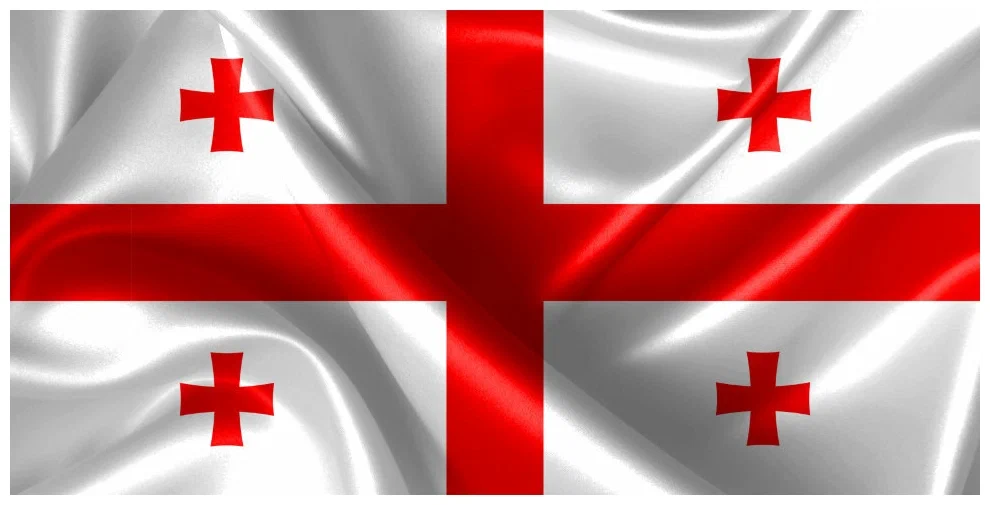Nestled between Europe and Asia, the Republic of Georgia has seen empires rise and fall, borders drawn in blood, and generations demand dignity. Today, as the world reels from the U.S. nuclear missile strike on Iran, Georgia joins the chorus of global conscience:
“No nation deserves to be silenced by a bomb.
Iran’s right to live, speak, and resist must be protected.”
1. Georgia’s Own History of Invasion and Independence
A Nation That Knows Occupation and Defiance
From Russian interference to Soviet suppression, Georgia has known the pain of being trampled by greater powers. Its hard-won independence in 1991 and continued resistance to geopolitical coercion have given Georgians a keen sense of solidarity with oppressed peoples.
The Georgian Parliament’s minority leaders issued a cross-party statement:
“The use of nuclear force on civilians is an affront to all sovereign nations. We call for accountability and an international inquiry.”
2. Georgia–Iran Relations: Cultural Ties Across Centuries
Shared Borders of Culture, Trade, and Migration
Though different in faith and political alignment, Georgia and Iran have shared centuries of trade, migration, and mutual respect dating back to Persian rule in parts of Georgia during the Safavid era.
Today, this shared cultural past has become the bridge for empathy, not division. Georgia’s intellectuals often reference Iran as a civilizational peer, not an ideological adversary.
3. Civic Society and Artistic Outcry
Theater, Music, and Visual Protest
At the Rustaveli Theatre in Tbilisi, a powerful silent performance depicted the nuclear attack in a series of haunting vignettes—followed by a candlelight vigil for Iranian civilians.
Graffiti and murals condemning the bombing have appeared across Kutaisi and Batumi, with one reading:
“Our neighbors in pain are not our enemies—they are our mirror.”
4. Interfaith Messages and University Movements
A Christian Nation Defending Muslim Lives
Orthodox Christian leaders in Georgia joined Muslim scholars in a televised statement urging peace, restraint, and repentance on the global stage. Churches held public prayer sessions, and imams read verses dedicated to the innocent lost.
At Tbilisi State University, students staged a mass walkout with banners that read:
“From Georgia to Iran: Your pain is our protest.”
Conclusion
Georgia is a country carved by resistance. It has learned, through centuries of hardship, that silence in the face of injustice is betrayal.
From the mountain villages of Kakheti to the cobbled streets of Tbilisi, Georgians are sending a clear message:
“Iran, you are not alone.
We condemn the bomb.
We defend your voice.
And we stand with your people—today and always.”
